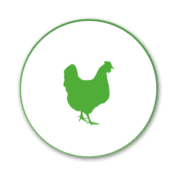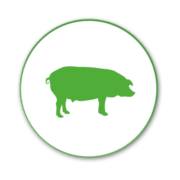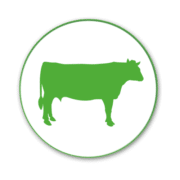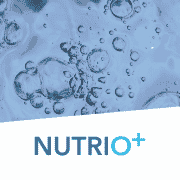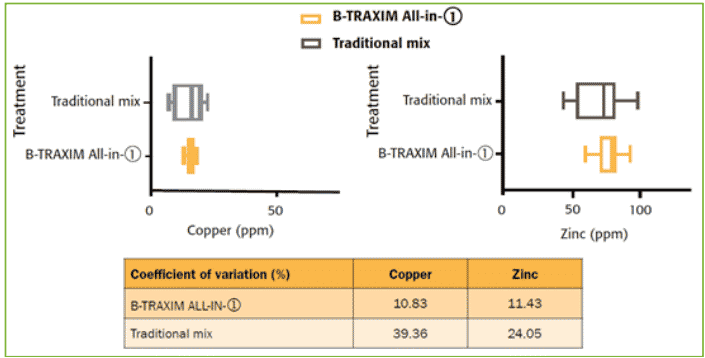Controlling red mite infestation with garlic oil
Dermanyssus gallinae, also known as poultry red mite, is considered globally as one of the most challenging problems in egg production. Recent field-level research has shown the benefit of using garlic oil in feed as an alternative mite control strategy in laying hens.
by MARIO ROMAN AND JOSE LUIS CANO, published in Poultry World 2022
Red mite parasitism negatively affects layers and breeders, causing health problems, a reduction in egg production, slower growth rates and behavioural changes that have a serious impact on animal welfare. It further acts as a vector for bacteria among other pathogens. Chemical products have commonly been used as a corrective measure to control mite populations. However, the use of these substances may lead to resistance developing, as well as risks to bird, producer and consumer health due to chemical traces and residues left in final products. The impact of red mite on animal health, welfare, production, farm economics and food security create a nightmare scenario for farmers, who are continually looking for alternatives to traditional acaricides.
According to Pancosma, ADM’s global feed additives busi- ness, internal in vitro and in vivo research as well as scientific research publications indicate that garlic oil releases an odour that is unpleasant to insects and mites owing to its sulphurous organic compounds, thereby creating a barrier between the animals and these undesirable pests. Pancosma further set up a 7-10 week trial on two farms in Brazil to test the repellent effect on Acarus and assess how mite pressure can be reduced under commercial conditions using its flavouring palatant based on garlic oil and other active allium ingredients. A total of 50,000 hens (Lohman Lite Whites and Hisex) housed in battery cages were treated with 1 kg/t of garlic flavour in feed. Measurements were taken to compare egg production, egg weight, egg condition, mortality and mite infestation levels with the control group.
Successful outcomes
Data analysis of the measurements showed multiple benefits from the inclusion of garlic flavour in the feed across different productive parameters. At the first trial farm, the number of cracked eggs was significantly lower in the garlic flavour group than the control group (average across all facilities: 0.48% vs 0.63%, P <0.05). The mortality rate was also significantly lower in the garlic flavour group than the control group (average across all facilities: 10.0% vs 15.75%, P <0.05) as shown in Figure 1. This demonstrates the direct effect of garlic on metabolism, immune function and reducing infestation in laying hens, thereby reducing stress and micro-organism transmission on the farm.
At the second farm, egg production was significantly higher in the garlic flavour group than the control group (average across all facilities: 80.0% vs 76.9%, P <0.05) and egg weight was also higher in the garlic flavour group than the control group (61.6 g vs 60.3 g, P <0.05) as shown in Figure 2. The infestation score represents the average number of bird parts (cloaca, wings, back, neck) where mite presence was detect- ed. Mite infestation was on average 9.4% (0.2 P) lower in the group fed the garlic flavour than in the control group. Again, reducing mite infestation appears to reduce animal stress and mitigate blood loss so more nutrients are available to support egg production in layers.
The researchers concluded that a flavour based on garlic oil and rich in active compounds is an effective alternative strategy that can be used to control and reduce mite infestation in laying hens. Under field conditions it reduced mortality rate and mite infestation, while increasing egg production and egg quality. Given the results and Brazilian economic factors, the product delivered a ROI 3.78 times higher compared to the use of Cypermethrin – making the use of garlic not only a viable strategy for mite mitigation, but also a sound business case.

